News
Group Exhibition | We’re Happy Here in the Happy House, Proyecto Amil, Lima
April 21, 2017
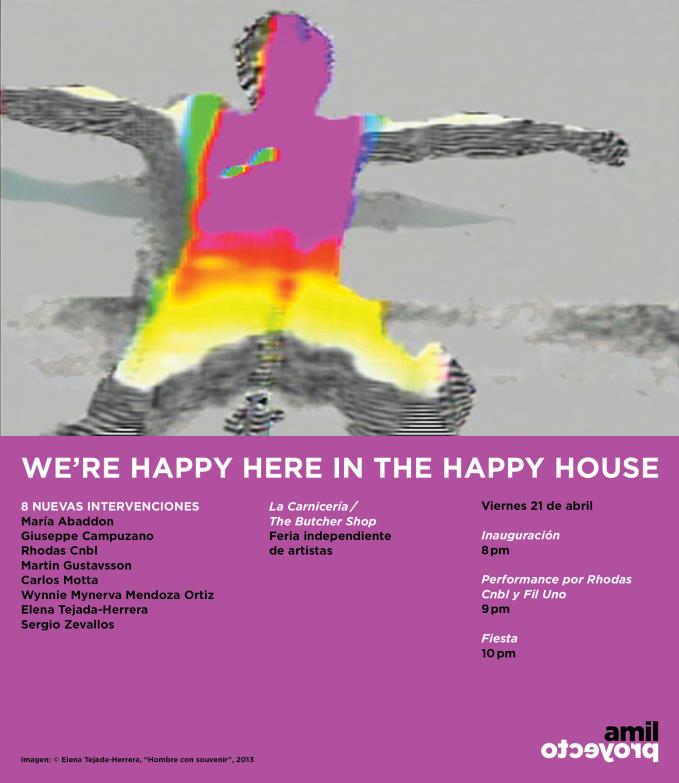
more info here
Artist Talk | Bard CCS, Wed. April 5, 2017
April 5, 2017
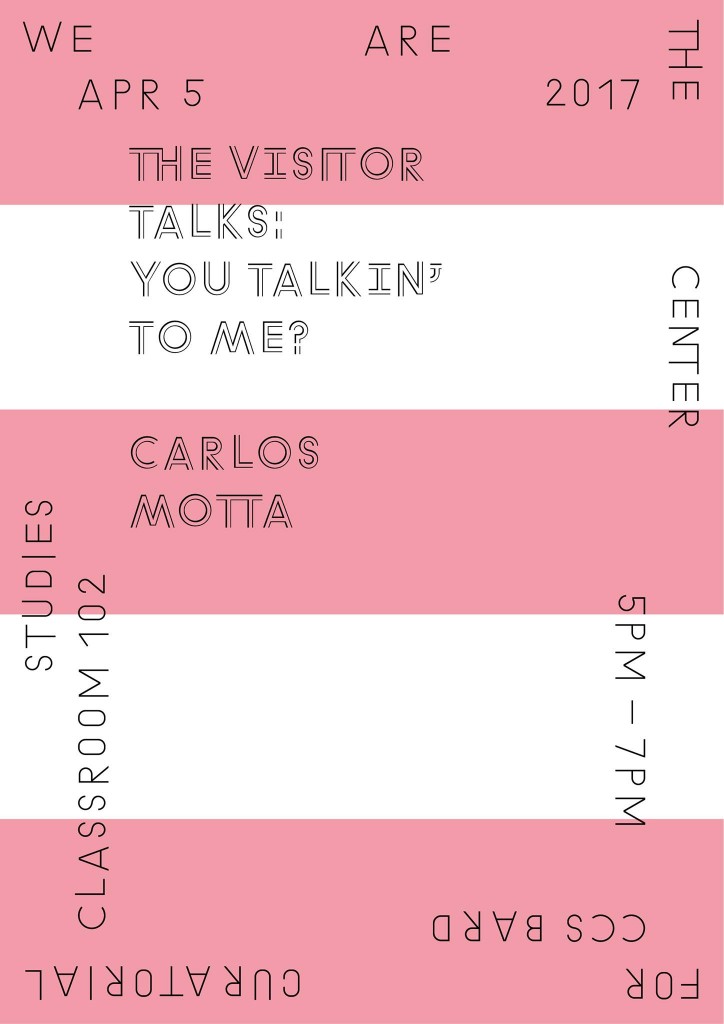
Group Exhibition | CANIBALIA (Redux) at Hangar, Lisboa
March 24, 2017
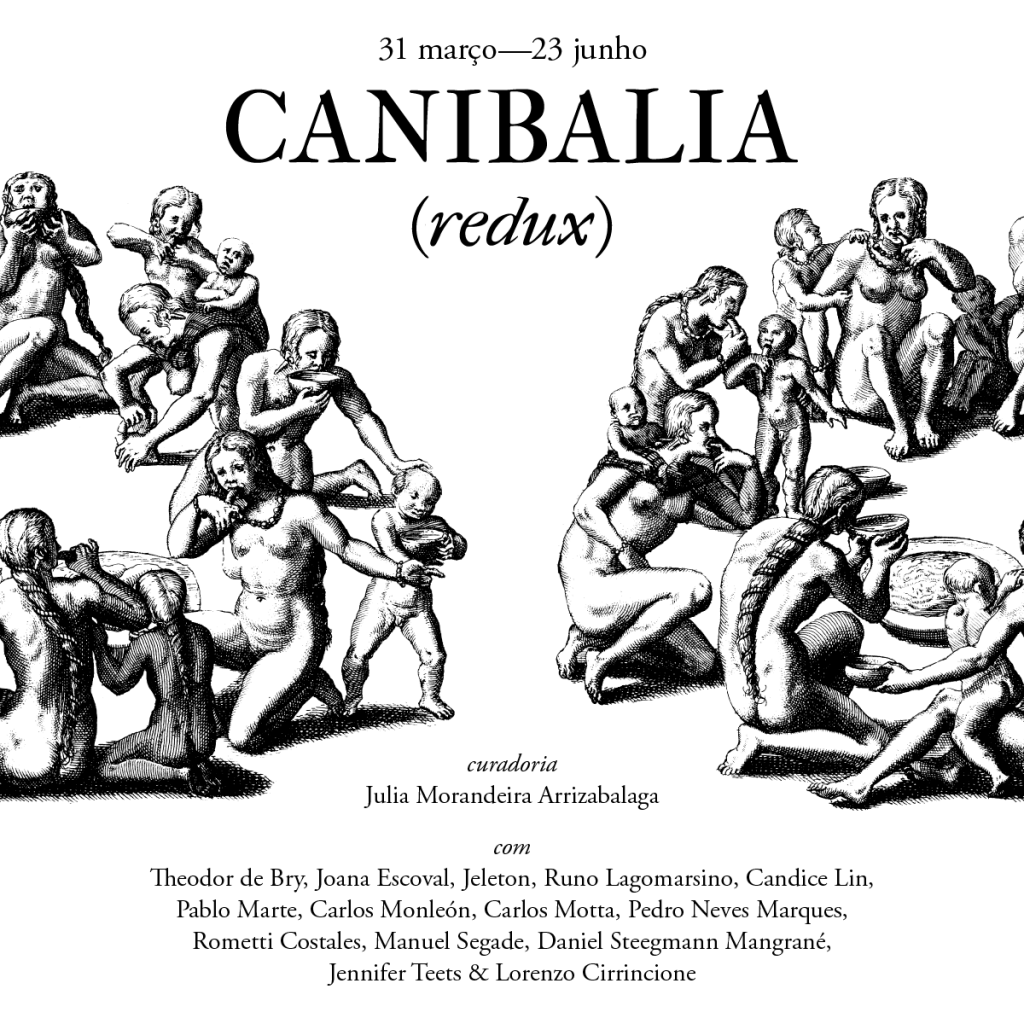 more info here
more info here
Award | Carlos Motta wins Vilcek Foundation’s Prize for Creative Promise in Fine Arts 2017
February 8, 2017

more info here
Solo Exhibition | Carlos Motta, Réquiem, MALBA, Buenos Aires, October 14, 2016-Feb 19, 2017
October 7, 2016
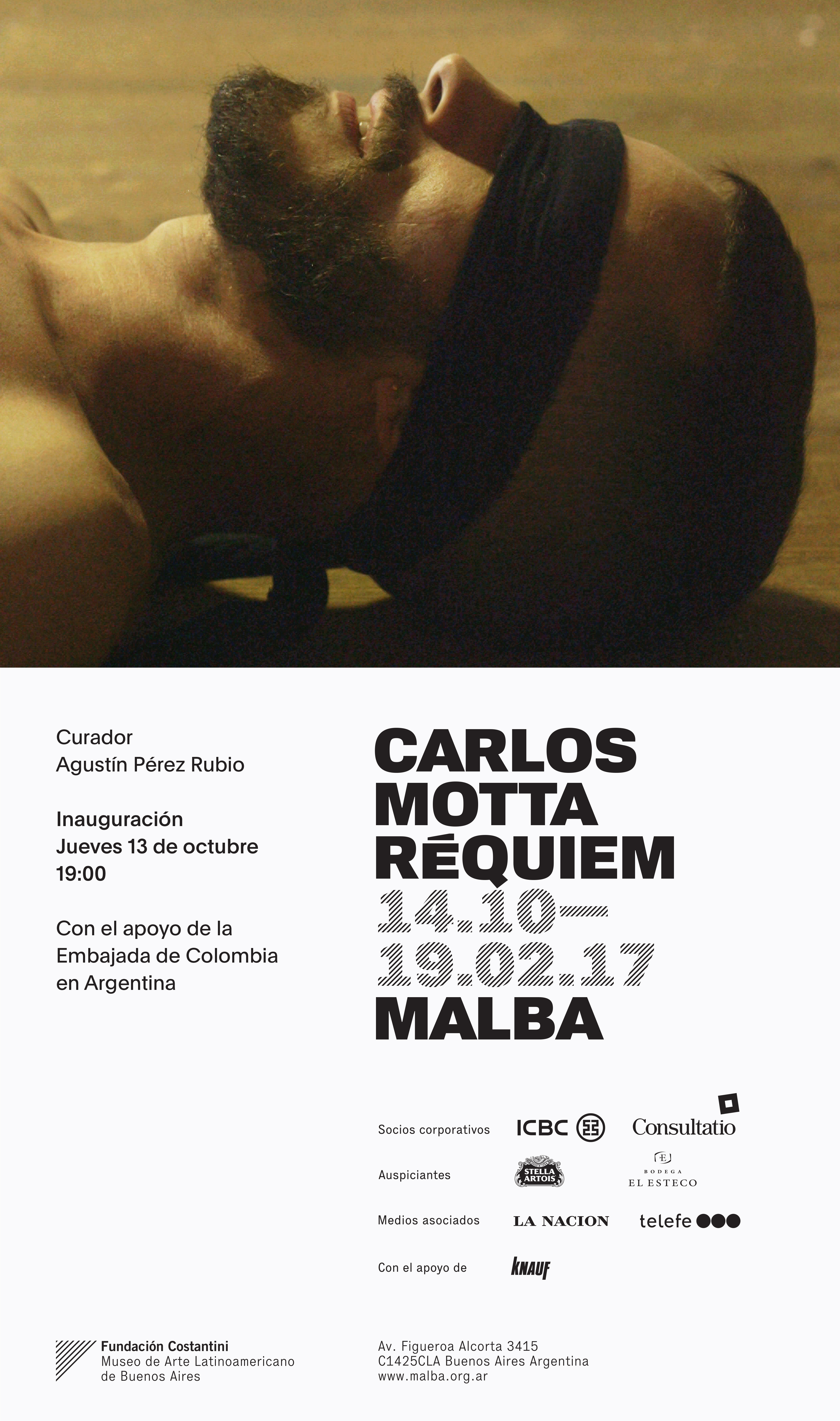
more info here
Review | Carlos Motta, ‘Deviations’ By Holland Cotter, New York Times, May 12, 2016
May 20, 2016
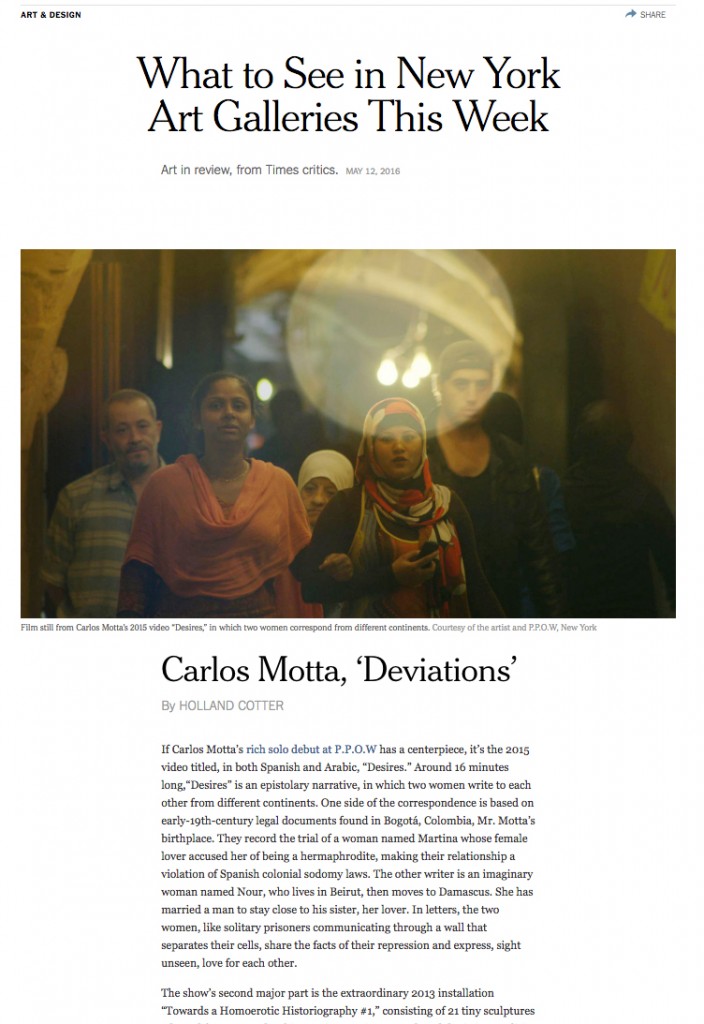
more info here
Review | Carlos Motta: Deviations at P.P.O.W Gallery, ARTE FUSE, May 13, 2016
May 19, 2016
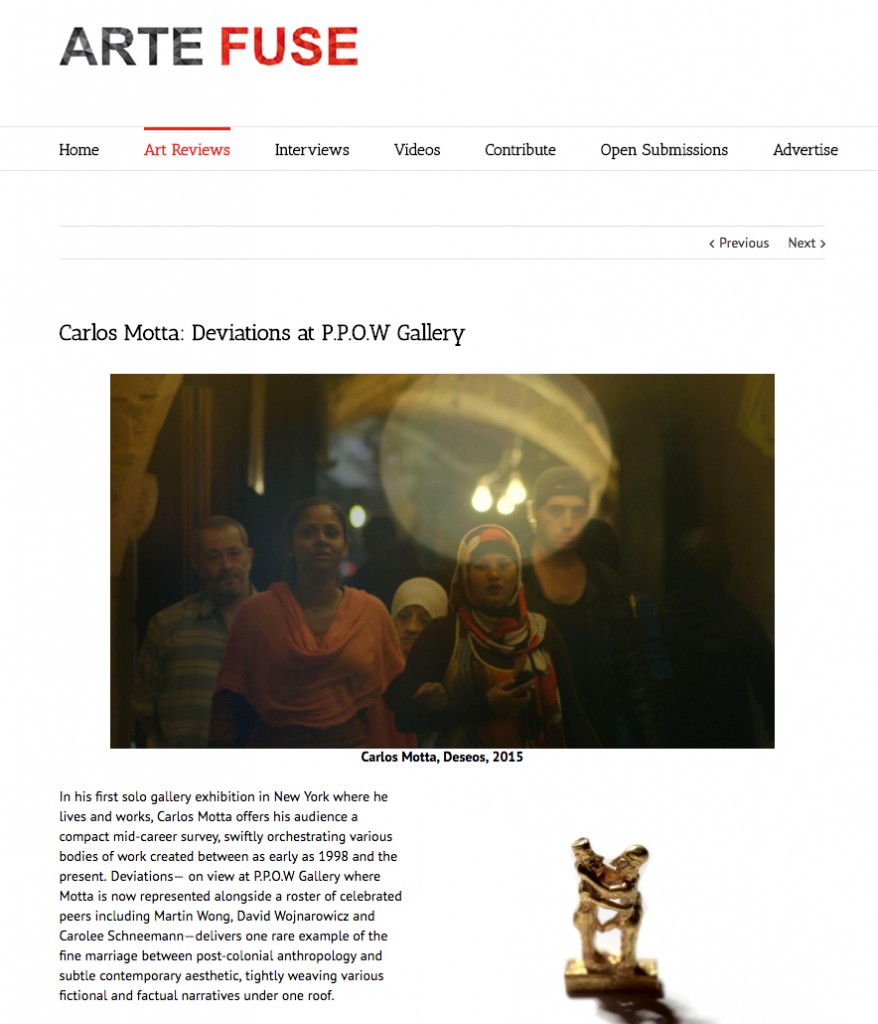
more info here
Review | X-Ray of Civilization: Beyond Biopolitics in Carlos Motta’s “Deviations” filthy dreams
May 8, 2016

more info here
Review | Artforum’s Critic’s Picks, May 6, 2016
May 7, 2016
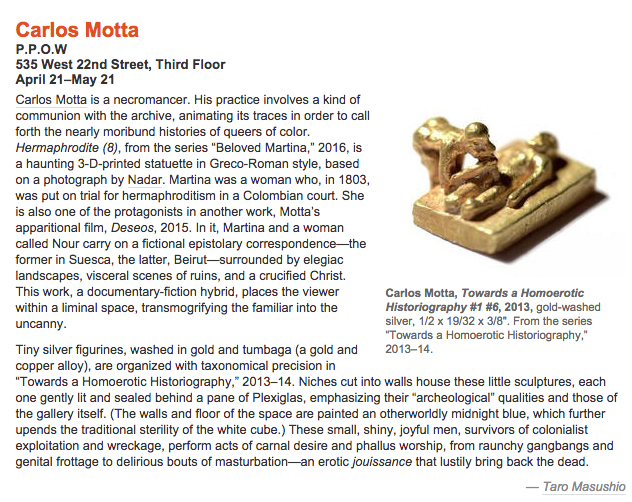
more info here
Interview | Carlos Motta by Cat Tyc, Bomb Magazine, May 6, 2016
May 7, 2016

more info here


 more info here
more info here

